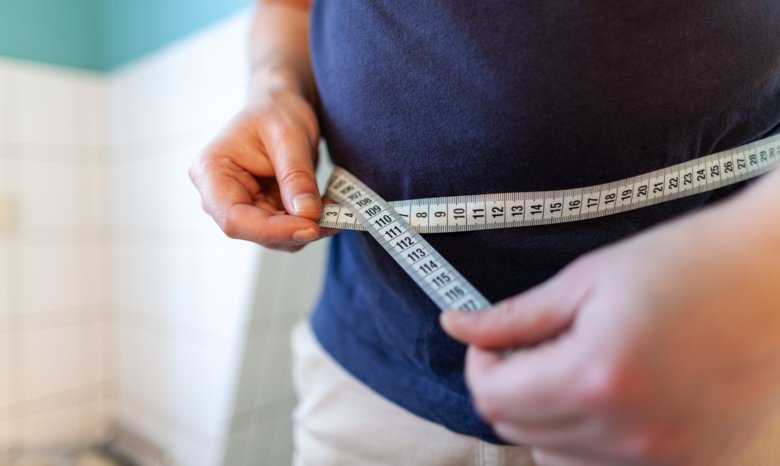Women and men have different risk factors for type 2 diabetes

Type 2 diabetes is a common disease, affecting 10 % of the adult world population, in which heredity and overweight are known risk factors. In a new study at Karolinska Institutet, researchers show that women and men with a predisposition to diabetes have different risk factors forecasting type 2 diabetes and prediabetes. The results were recently published in the journal Frontiers in Endocrinology.

In healthy women, low serum level of the adipose tissue protein adiponectin was an independent strong predictor of type 2 diabetes and prediabetes in the future. In healthy men, instead, low serum level of the liver protein IGFBP-1, was an independent strong predictor of type 2 diabetes and prediabetes This means that these proteins, which are measures of insulin sensitivity in adipose tissue (adiponectin) and liver and muscle (IGFBP-1), can predict whether one has a high risk of getting type 2 diabetes in 10 years.
A previous study performed in Shanghai in 2016 showed gender differences in the same direction. In men with prediabetes the risk of future type 2 diabetes was significantly reduced if they increased their physical activity and muscle mass . In contrast, the same study showed that women with prediabetes must avoid increasing waist circumference and abdominal obesity or reducing large waist circumference to prevent type 2 diabetes.
"Our study explains why this gender difference was seen when it came to preventive lifestyles" says Kerstin Brismar, professor of diabetes research at the Department of Molecular Medicine and Surgery. The proteins we studied in men and women increase with increased muscle mass and physical activity (IGFBP-1) and with reduced abdominal obesity and calorie restriction (adiponectin), she continues.
It may also explain why regular exercise among abdominal obese women is not enough to reduce the risk of type 2 diabetes.
“We have previously shown that waist circumference was a strong independent predictor of type 2 diabetes in women and now we were able to show that it was linked to reduced production of adiponectin, a protein / hormone produced in the adipose tissue to, among other things, protect against cell stress” says Kerstin Brismar.
Other studies in both humans and mice have shown that both high normal levels of adiponectin and high normal levels of the liver protein IGFBP-1 protect against getting type 2 diabetes.
The study of this population from the SDPP (Stockholm diabetes preventive program) project led by Claes-Göran Östenson, professor at the Department of Molecular Medicine and Surgery, was a collaboration between researchers at Karolinska Institutet and researchers at the universities of Copenhagen, Aarhus and Odense in Denmark.
The study was funded by Region Stockholm, the Swedish Research Council, Novo Nordisk Scandinavia, the Diabetes Association and the Erling-Persson Foundation. No conflicts of interest have been reported.
Publication
Adiponectin, IGFBP-1 and -2 are independent predictors in forecasting prediabetes and type 2 diabetes
Brismar Kerstin, Hilding Agneta, Ansurudeen Ishrath, Flyvbjerg Allan, Frystyk Jan, Östenson Claes-Göran
Front. Endocrinol., 05 January 2023, Sec. Clinical Diabetes, doi.org/10.3389/fendo.2022.1092307
